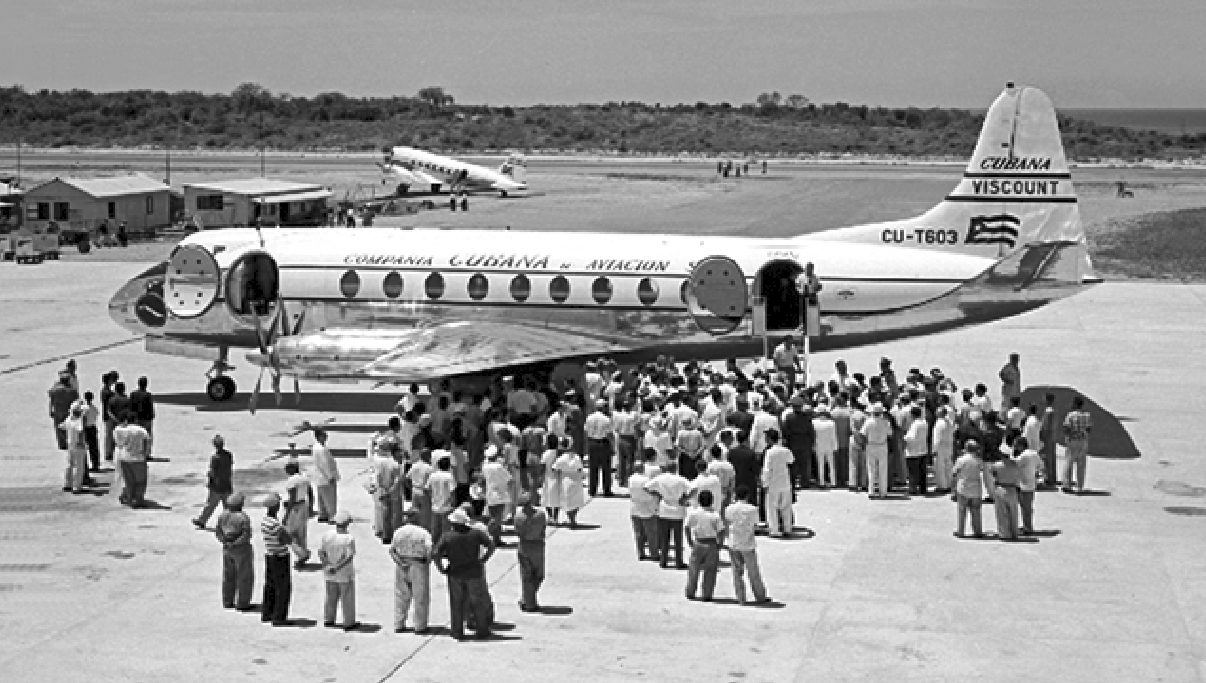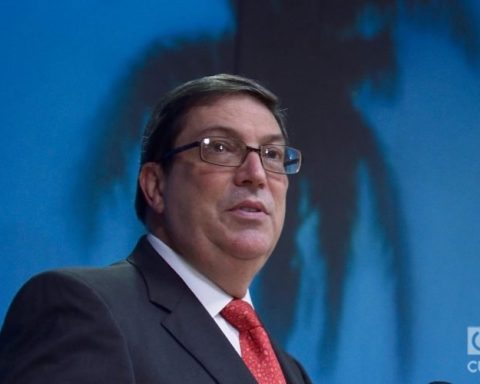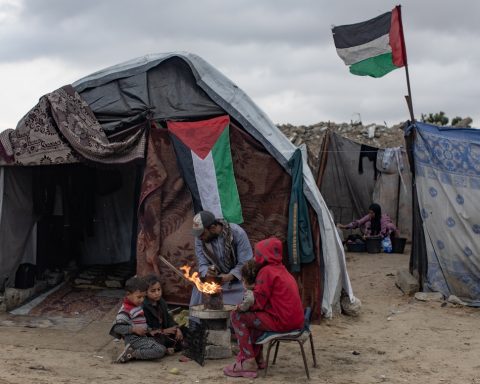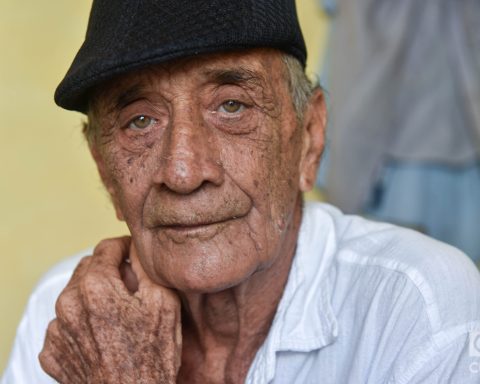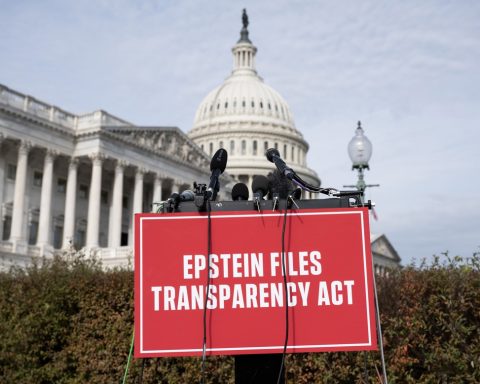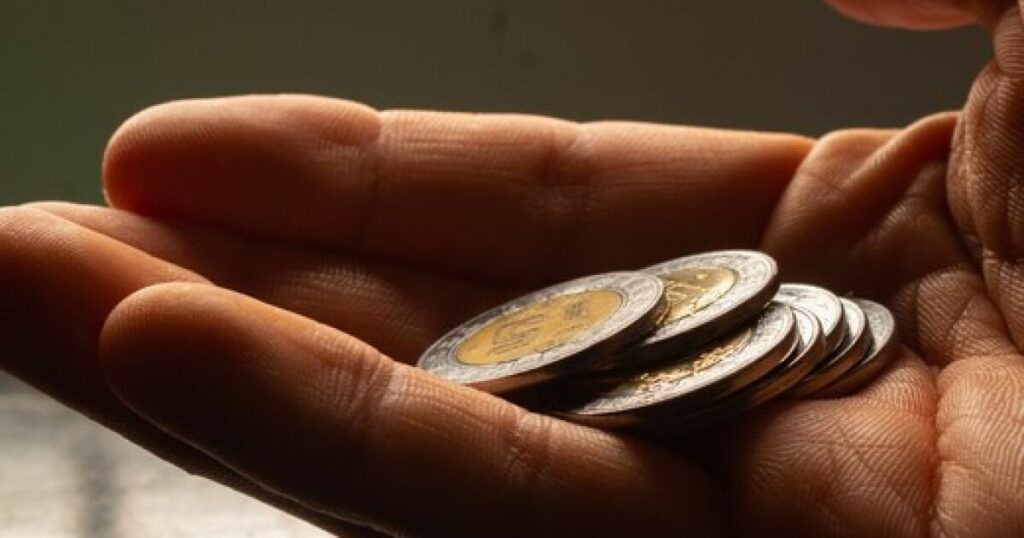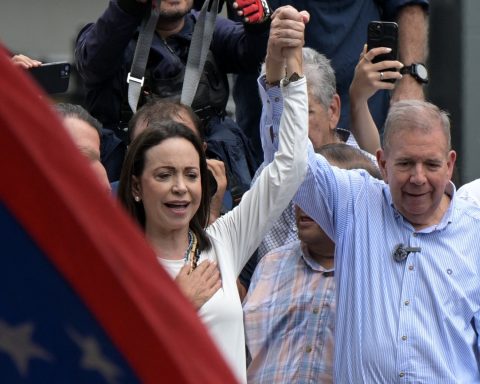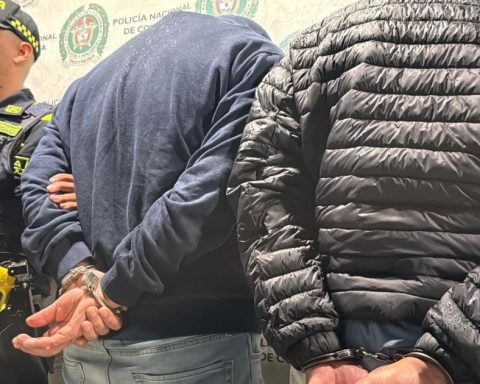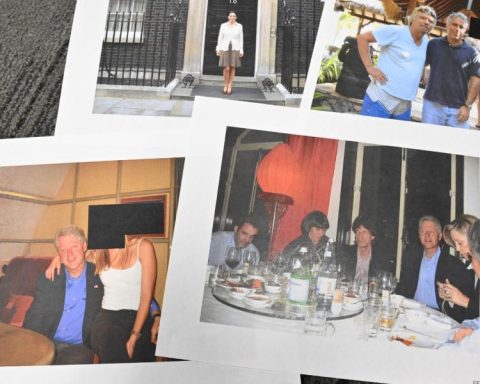Havana Cuba. — These days the Cuban regime is making a fuss, describing the case of the pilot Rubén Martínez, who on October 21 stole a Antonov An-2 light aircraft of the National Air Services Company (ENSA), to take it from its base in the province of Sancti Spíritus to the United States.
It is opportune to remember that it was not terrorists from the Middle East —as many might believe—, but a commando of the July 26 Movement who began 64 years ago, during the insurrection against the Batista regime and with a tragic outcome, the practice of kidnappings of airplanes.
The incident occurred on November 1, 1958, when five members of the M-26-7 diverted, at gunpoint, Cubana de Aviación Flight 495, which was traveling on the Miami-Varadero route.
Thirty minutes into the flight, fifteen minutes before it reached its destination, two of the hijackers pointed their pistols at the pilot and ordered him to direct the plane towards the eastern region of Cuba. Meanwhile, the other three, waving their weapons at the terrified passengers, ordered them not to move from their seats. Then they turned off the plane’s lights.
According to later witnesses, one of the kidnappers put out one of the spotlights with a bullet. The captors, whose objective was to join the Castro guerrillas, for whom they were carrying weapons and money, ordered the pilot to land on the runway of the Preston sugar mill, on the north coast of what is now the province of Holguín.
As the pilot had warned the hijackers, the Preston runway was not long enough for the aircraft to land, a Vickers Viscount 755D. The plane skidded off the runway and landed in the deep, shark-infested waters of Nipe Bay.
Fourteen of the 16 passengers, including three hijackers, were killed. Among the deceased there were also three children aged two, four and five, and their mother, who was pregnant.
That horrendous crime went unpunished. Although six of the dead were US citizens, the US government, not having jurisdiction, did not investigate the incident, which constituted the first act of air piracy. Neither did the Batista regime, which was retreating in the face of advancing rebel forces.
Fidel Castro, who commanded the M-26-7 from the Sierra Maestra, denied any responsibility in what he described as an “adventurous act.” A few years after Castro’s rise to power, hijackings of Cuban planes by people who wanted to escape his regime began.
Air kidnappings became very frequent in the 1960s and 1970s. At that time, before spreading to the Middle East and Europe, it was the method used by members of radical groups, fugitives from North American justice and Latin American guerrillas —such as the Uruguayan Daniel Chavarría, the Tupamaro who would become a writer—to seek refuge in Cuba, the revolutionary sanctuary.
OPINION ARTICLE
The opinions expressed in this article are the sole responsibility of the issuer and do not necessarily represent the opinion of CubaNet.
Receive information from CubaNet on your cell phone through WhatsApp. Send us a message with the word “CUBA” on the phone +525545038831, You can also subscribe to our electronic newsletter by giving click here.
